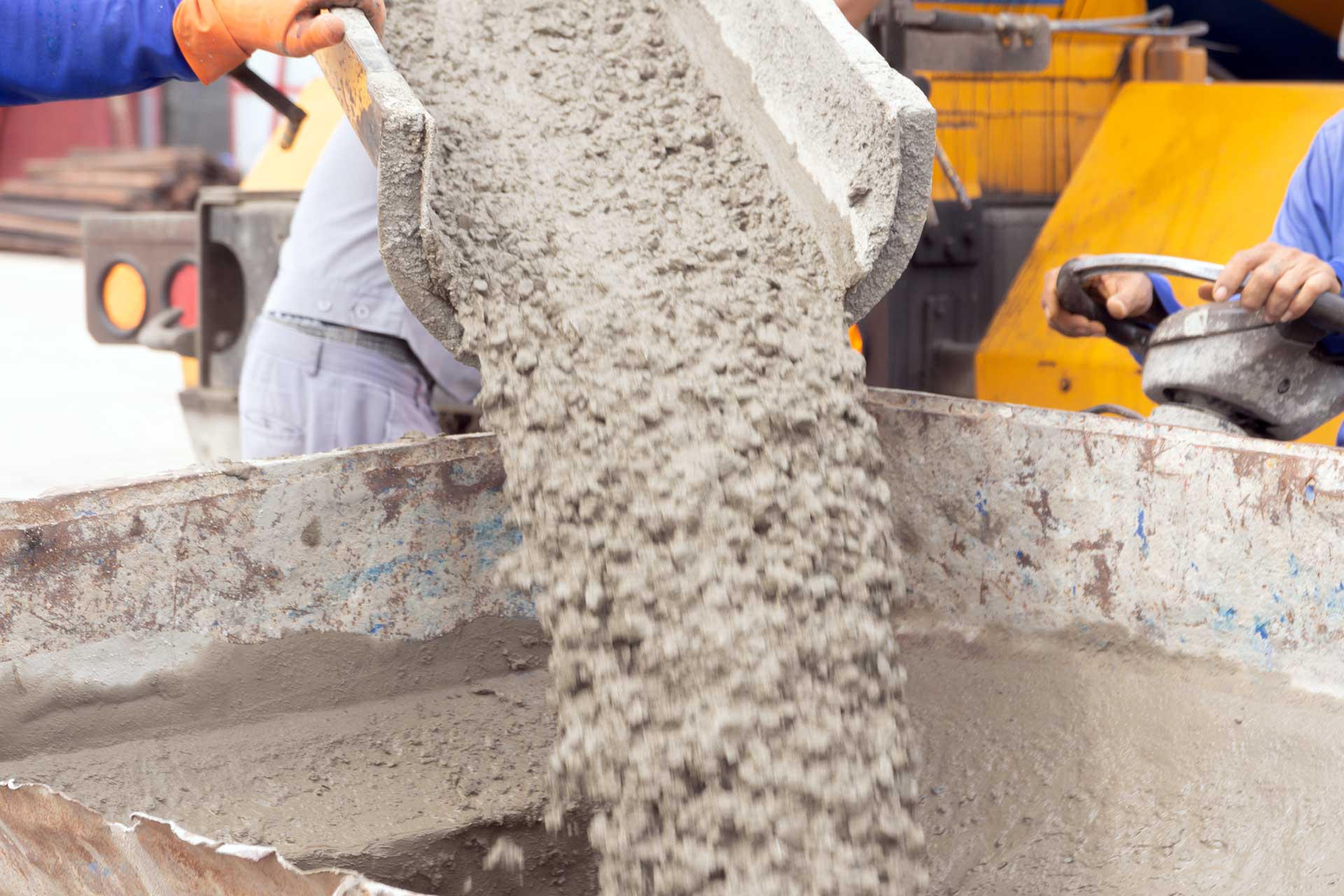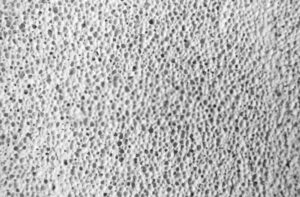Different concrete types
The different concrete types. Concrete refers to the mixture of mortar and stones, which takes the name of concrete, taking into account that mortar is the combination of sand concrete and water concrete. Concrete can change its qualities depending on the addictive’s that are added to it, which is why there are many types of mortars such as setting retarders, colorants, and waterproofing agents. It is considered one of the main construction materials, which is usually used to make walls and bases.

Conventional concrete
It is the common concrete that is usually used in any construction since it does not need special characteristics. They are usually used in slabs, foundations, floors, sidewalks, walls, etc. This concrete is castable, free of contaminants, can be combined with fibers and waterproofing materials, and has excellent cohesion and workability.
Pumpable concrete
It is a type of concrete that presents a 4-inch design settlement, which makes it have excellent workability, allowing its placement through pumping equipment.
Structural concrete
This type of concrete is used in the construction of public buildings, schools, libraries, shopping centers, theaters, etc. It offers much more durability than that provided by conventional concrete, as an aggregate it uses basalt or limestone, etc.
Standard ready-mix concrete
It is the most used form of concrete prepared in a special plant and later sent to the place where the work will be carried out. The quality of this concrete is the same as if it were prepared directly on the job site.
Outened concrete
It is a fluid concrete with accelerated setting and resistance usually used in a tunnel system, which favors rapid form rotation and contributes to the construction being carried out at a high speed.
Architectural and decorative concrete
It is concrete that provides an excellent structural function and a decorative and aesthetic finish. With this, textures or surfaces are rough or smooth, in turn very varied colors are obtained.
Contact concrete
They are flowable, fast setting, and strength concrete, which are ideal for use in industrialized systems with perfect finishes and fast form rotation.
Fiber-reinforced concrete
It is a concrete type that among its components uses macro or microfibers, being perfect for use in certain structural applications, since the fibers manage to replace. When it makes use of macro fibers, the concrete becomes much more ductile and resistant to the appearance of cracks and subsequent propagation.
Antibacterial concrete
It is a special type of concrete with which it is possible to control the development of bacteria. With this, the environments in laboratories, hospitals, and restaurants can be kept clean.
Self-compacting concrete
This concrete has a high flow that is given by the chemical mixtures that make it up, that is, by the plasticizers used. This by a said flow can be self-leveling with great ease, thus eliminating any need for vibration. It contains very little air, which makes it offer high compaction.
Fast setting concrete
With this concrete, it is possible to accelerate the development of any work, since it manages to dry in a very short time, where the falsework can be removed in a faster time. It can be used both in buildings and in infrastructure, being ideal for repairing projects for the circulation of means of transport, such as airstrips and roads. It is a concrete that also stands out for its great resistance to acids and excellent durability.
Porous concrete
It is a very permeable material where water can filter through it, thus preventing floods from occurring, and at the same time generating heat concentrations of 4ºC. With this concrete, skidding on wet roads will be completely avoided. This type of concrete is often used in the construction of walkways, parking lots, and poolside construction.
Roller compacted concrete
This type of concrete has excellent resistance to abrasion, where it can withstand water at high speed. Its use is ideal in the construction of drainage systems and other works where the contact of the flow is high and continuous.
Permeable concrete
With this material, the water does not pass to the subsoil, which gives way to recover the water tables. This is used in the construction of a bearing folder in light transits, on sidewalks, walkways, open-air parking lots, etc. It is characterized by its finish, which is rough, by its high permeability, and by contributing to the feeding of the water table.
For other practical articles, visit our blog and leave your opinion in the comments about your experience with Cement. For more information, contact us through our page.





